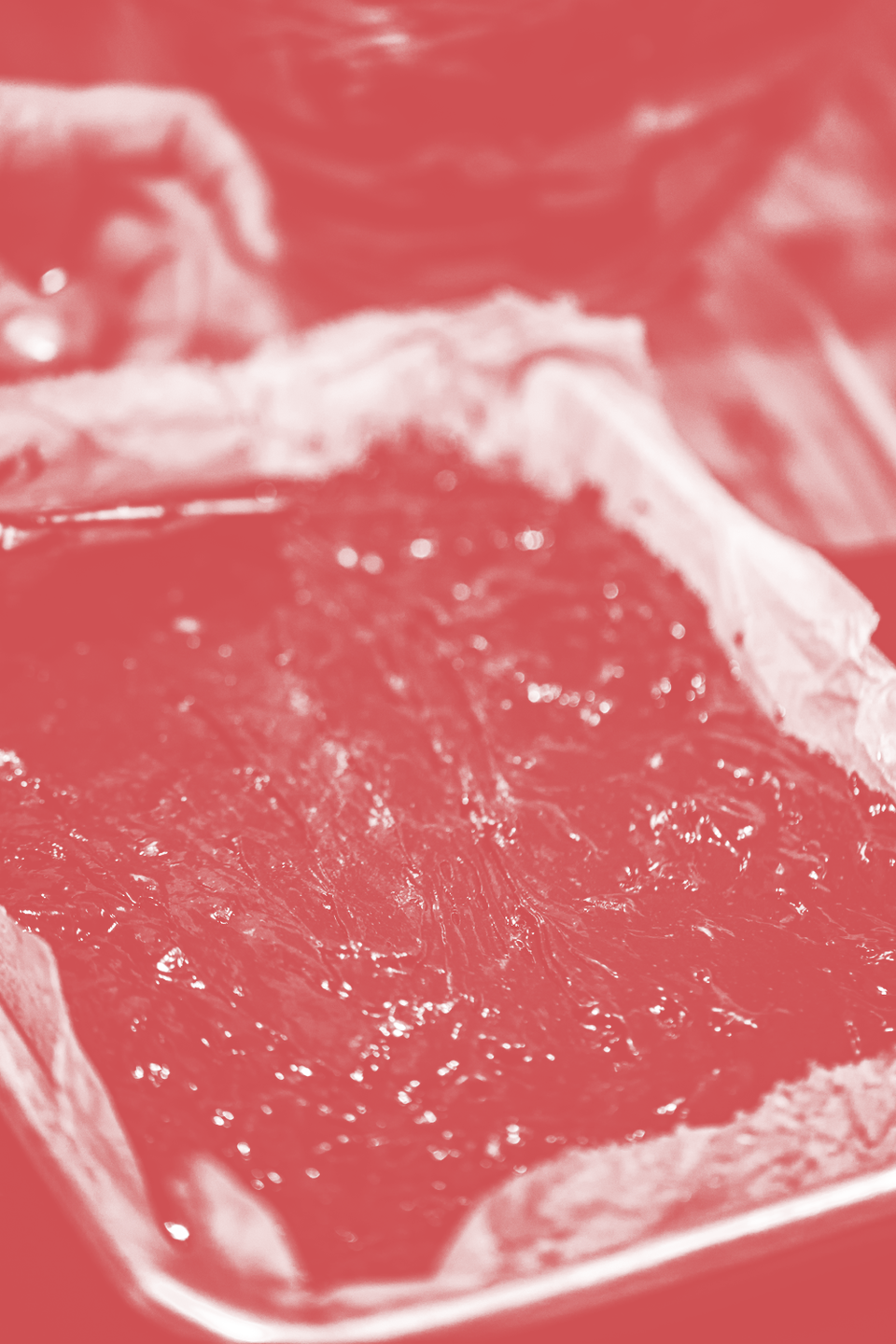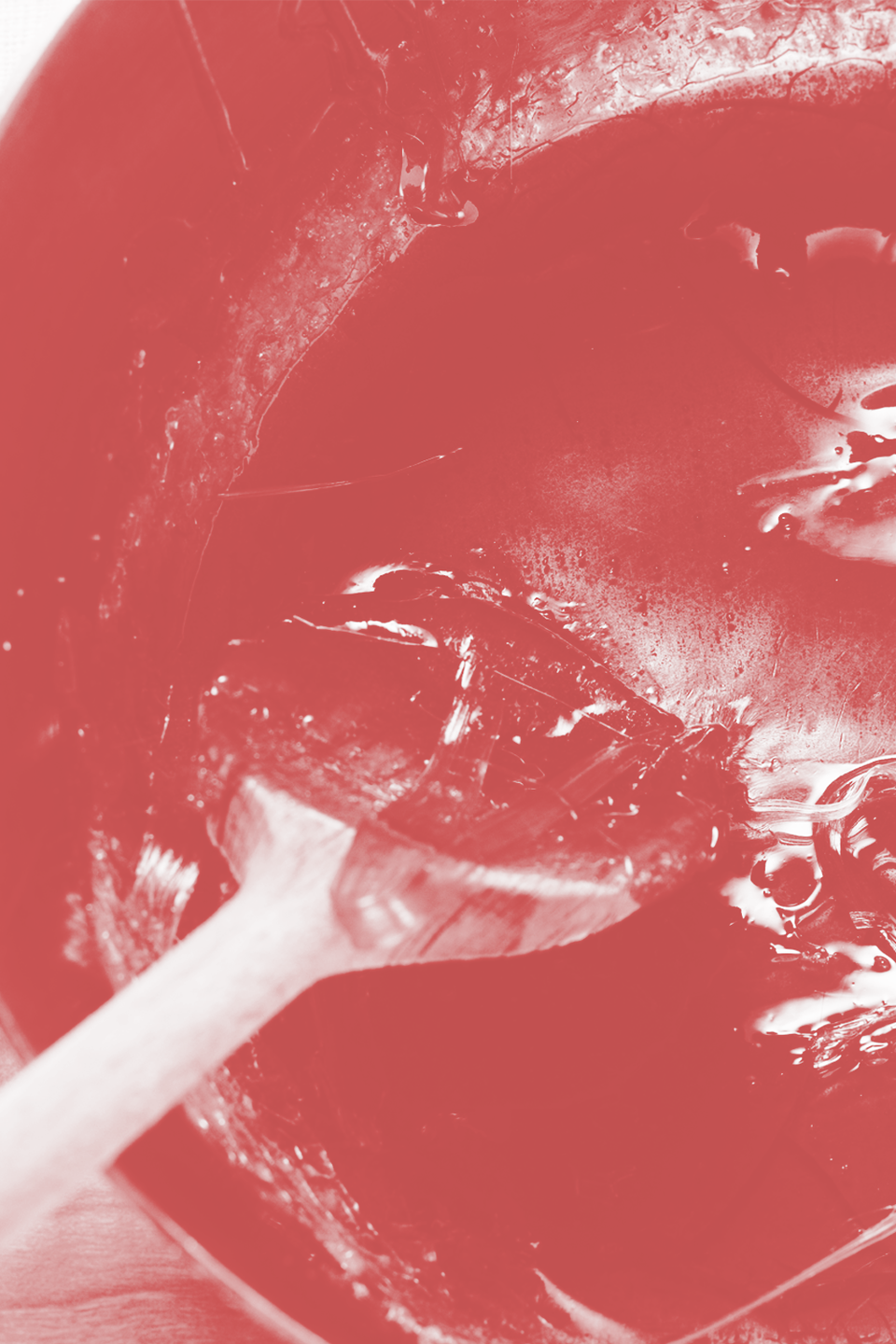11 ways to rescue the most common cookery fails

Even the most experienced cooks experience the most epic cookery fails from curdled cake batter to over-salted stews. Here’s our tips on how to salvage some of the most common kitchen nightmares…

Overcooked pasta/rice
You’re busy making the sauce and forgotten about the pasta/rice that’s bubbling away.
How to fix it:
Thoroughly drain the pasta/rice in a colander/sieve. Heat some oil in a large frying pan, and fry the drained pasta/rice for a few min to try and drive some of the excess moisture off.
How to prevent it:
Read the side of the packet to check cooking times and use a kitchen timer.
Meat won’t brown
You’ve paid big bucks for a stunning steak, but it’s frying-up an unappetising shade of grey.
The fix:
Pull the meat out of the pan, pat it dry with kitchen paper. Tip out any liquid from the frying pan and wipe dry, then add oil and put over a very high heat. Add the meat and fry again until golden.
How to prevent it:
Meat won’t brown if there’s too much moisture on the surface, or if your pan isn’t hot enough. Pat meat dry with kitchen paper before frying and don’t season it until you’re just about to put it in the pan (salt draws moisture out on to the surface). Heat the cooking oil until it shimmers, then start frying.
Over-salted stew
It’s easy to be heavy-handed with the seasoning when making soups and stews.
The fix:
If you slip with the salt, reach for a raw potato and add a large piece straight into the stew or soup, cook for a short time, then discard it. The potato will absorb some of the excess salt.
How to prevent it:
Make sure to taste food before you season. Stock cubes and condiments like soy sauce all contain salt, so you may not need extra.
Roast potatoes won’t crisp

The family are here for Sunday lunch, but the roasties aren’t going golden for love nor money.
The fix:
The chances are, there’s too many potatoes in the tin. Heat some more oil on another baking tray in the oven for 5min, then tip half of the potatoes on to the new tray, making sure there’s space around each of them.
How to prevent it:
If potatoes are crowded together, the moisture gets trapped and they can’t turn golden. Make sure the spuds aren’t in more than one layer and cook on two or more baking trays if necessary.
Over-whipped cream
You’re whipping cream with electric beaters. You’re aiming for ‘glossy, billowing clouds’ but you’ve got ‘dull, grainy scramble’.
How to fix it:
Gently stir in cold milk, a spoonful at a time, until the mixture softens but still holds its shape.
How to prevent it:
Get cream out of the fridge when you’re ready to whip – don’t leave it at room temp for too long. When whipping, just as it starts to thicken, turn the electric beaters off and use them to stir the cream for the last few turns, until it just holds its shape. Whipped cream thickens on standing too, so bear this in mind if making in advance.
Broken Victoria sponge
You’re sandwiching a cake, but the sponge layer breaks in two.
How to fix it:
The icing will keep the broken pieces in place without you having to apply it to the fracture, so just fit them back together and stack-up as normal. If the split is on the top layer, think about making extra frosting to cover the whole cake, or dust with a coating of icing sugar.
How to prevent it:
Instead of using your hands, slide the base of a loose-bottom cake tin underneath the sponge to support the layers as you lift them.

Split brownie batter
Brownie batter fluctuates wildly in temperature during the making process, and it can often lead to the mixture splitting, which makes for a greasy, grainy bake.
How to fix it:
Vigorously beat in a teaspoonful of alcohol-based vanilla extract, or a couple of teaspoons of milk until everything smooths out. Both help to emulsify the fat back into the batter.
How to prevent it:
This one’s tricky to prevent – its occurrence is unpredictable!
Split ganache
Because of its unstable composition of fats and cocoa solids, chocolate is sensitive to moisture and heat. This is why simultaneously adding cream and heating it up to make a ganache so often goes wrong, and the whole thing splits into a crazy oily mess.
How to fix it:
Vigorously beat in small splashes of hot milk until the mixture goes silky smooth. It makes a slightly softer ganache, but it’s still useable.
How to prevent it:
Don’t warm chocolate and cream together - this often leads to overheating. Instead, finely chop chocolate and put it in a heatproof bowl. Heat cream in a pan until it begins to simmer around the edges, then immediately pour it over the chocolate. Leave for a couple of min, then stir until smooth. If lumps remain, warm gently over a pan of hot water for a short spell.
Curdled cake batter
Curdled cake mix happens when the butter in your cake gets too cold and won’t emulsify with the eggs, or you added the eggs too quickly. It’s not the end of the world.

How to fix it:
Set the bowl over a pan of hot tap water for a few min to warm everything up (or microwave on the defrost setting for 30sec bursts) and beat again. The butter-sugar-egg mixture might not be as thick and voluminous as normal, but it will help. Don’t be tempted to do this after you’ve added flour, though.
How to prevent it:
Butter should be soft enough to whip with a spoon and eggs should be room temperature, so take them out of the fridge a few hours before baking. If you forget, you can microwave the butter on the defrost setting for 30sec bursts until soft. Take the chill off eggs quickly by running them under warm water. Add the beaten egg in small additions, after you’ve creamed the butter and sugar until pale and fluffy.
Pastry that keeps falling apart
Pastry can be problematic, especially when you’re rolling it out and it keeps tearing or crumbling.
How to fix it:
Lay a large sheet of baking parchment on the work surface, shape the pastry into a disc and put in the centre of the paper. Put another sheet of paper on top, then roll the pastry out between the two sheets. Use the parchment to help you transfer the pastry to the baking tin, if needed.
How to prevent:
Pastry tears or crumbles when it’s either too warm or too dry. Chill dough for 15min before you roll it out, or make sure you add enough liquid next time you make the recipe.
Crystallised caramel

Instead of a beautiful, glassy caramel, the sugar turns into a crystalline nightmare that would be more at home in a GCSE chemistry experiment.
How to fix it:
If you see the white bloom of crystallisation forming at the side of the pan, take a wet pastry brush, and brush the crystals gently to dissolve them, or add a few drops of vinegar or lemon juice to the mix.
How to prevent it:
Heat the mixture gently without boiling to dissolve all the sugar crystals, stirring frequently. Once dissolved, turn up the heat to boiling and don’t be tempted to stir the mixture: agitating it can start the crystallisation.
You Might Also Like

 Yahoo News
Yahoo News 
